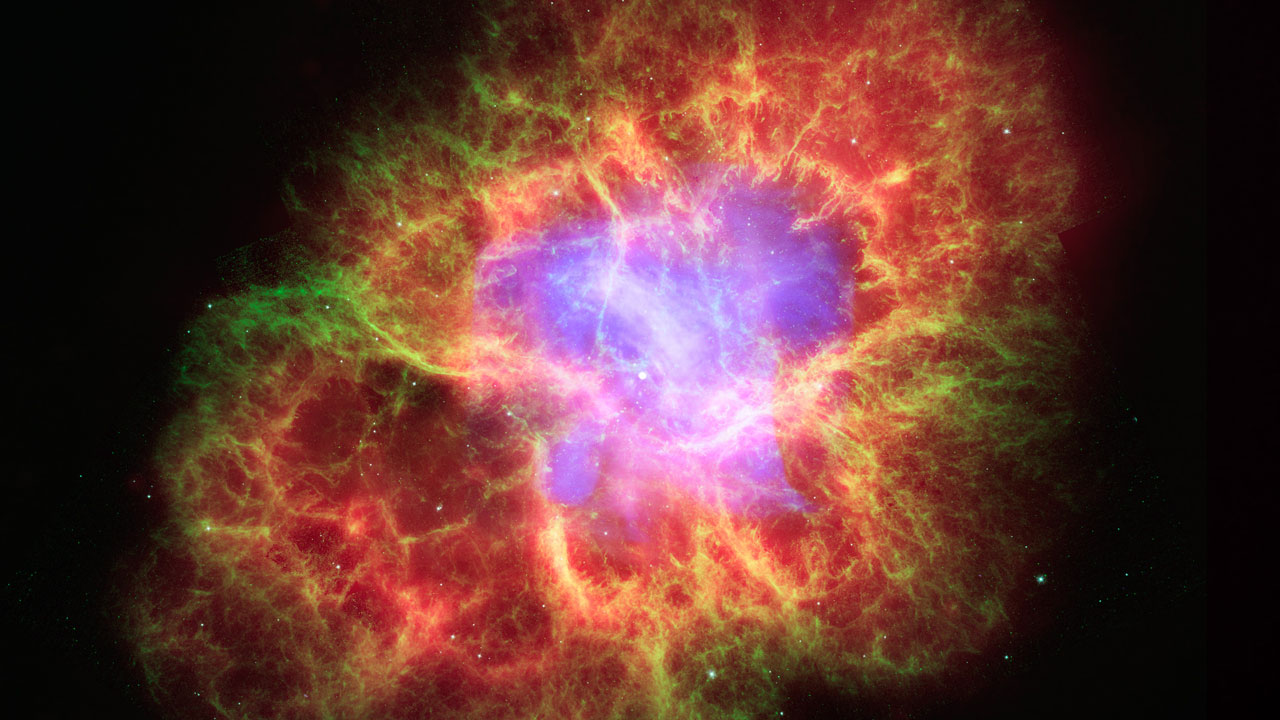According to the New Scientist, the generally accepted theory that the universe is expanding at an accelerating rate “had never been directly tested.” It relied upon certain things, like type IA supernova’s thermonuclear explosions, which can be used as “standard candles” to measure the distance between stars and potentially record data to prove the accelerating expansion theory. Up till now, there had only been theoretical evidence of these supernovas, but recently, a type IA supernova has been observed by scientist Steve Fossey and his team at the University of London. Turns out, it did indeed have the measurements astrophysicists predicted. “SN 2014J,” as it is known, is the closest supernova of this type to be observed on Earth, and it’s still 11.4 million light years away.
Eugene Churazov of the Max Planck Institute for Astrophysics in Garching, Germany, and colleagues observed SN 2014J with the INTEGRAL gamma-ray telescope. They found the classic signature of a thermonuclear explosion of a white dwarf. The process begins with the compression of the white dwarf, leading to the formation of nickel-56, which decays to cobalt-56, which in turn decays to a stable isotope of iron, producing characteristic gamma rays.
“Nobody had directly seen these gamma rays,” says Churazov.
This means that the theory is a little more stable, although it still relies on the enigmatic substance “dark matter,” which scientists still have little knowledge of. (Photo: Wikipedia)



